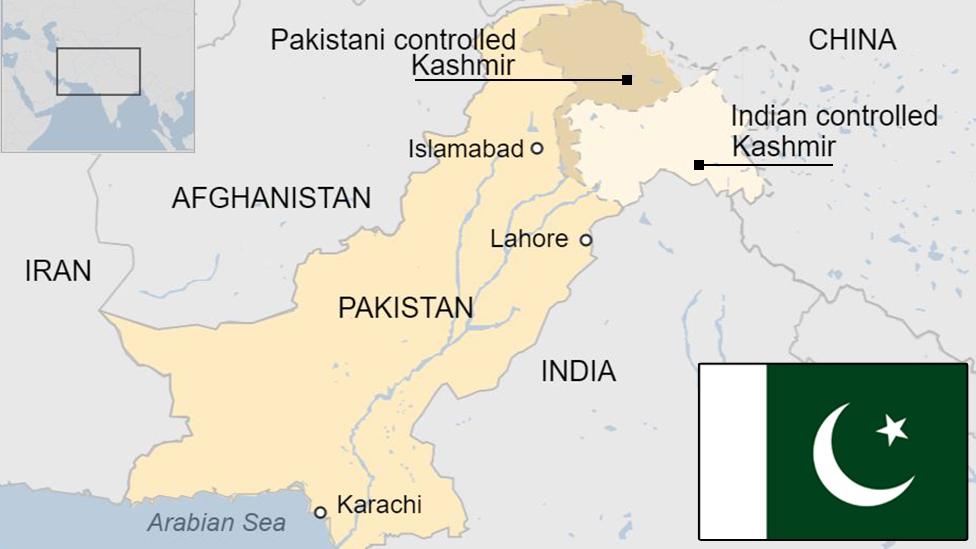Fighting Pakistan's measles epidemic
- Published
Health officials admit that the failure to vaccinate more than a small number of children is exacerbating the problem
"I have been working now for more than two decades and I've not seen a measles epidemic of this severity," says Doctor Raza Hasan, as he shows me around the measles isolation ward of the Lahore Children's Hospital.
The ward is so packed with babies and young children that they are sharing beds. At one stage, up to 70 new patients were arriving at the hospital every day.
They are covered in rashes and burning with high temperatures, some fighting for life.
In one corner, a boy lies motionless on his back, his eyes rolled back as flies crawl across his face.
At least 40 children have died in this hospital since the epidemic spread from southern Pakistan to Lahore and other parts of Punjab province at the beginning of the year.
The burden of dealing with the epidemic weighs heavily on Dr Hasan, who tells me stories of families attacking medical staff at the hospital after discovering their children had died.
While measles itself is rarely fatal, it can lead to life-threatening complications such as meningitis and pneumonia, particularly in developing countries where malnutrition leaves many children with low immunity.
"Some of them are arriving very late at the hospital," says Dr Hasan.
"After developing complications at home, their parents don't take them to doctors, they don't get any treatment and so when they come here…. there is not much we can do.
"Some are in the final stage of life or already dead with meningitis or pneumonia," he goes on.
But while this may be true, it is not the whole story.
It does not explain why so many children in Pakistan are contracting measles in the first place.
Lack of vaccinations
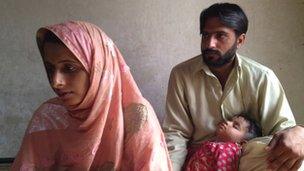
Nasara and Mohammed Ashfaq's daughter Yasmeen is ill with measles
The epidemic has spread rapidly with thousands of cases nationwide and 239 deaths between January and April 2013, according to Pakistan's national measles co-ordinator.
"One reason is the low vaccination coverage of the population," says Dr Tanvir Ahmed, the director-general of heath services for Punjab province.
"In the districts there are even pockets where there is no vaccination coverage. The average [coverage] for Punjab is 58%."
Through an entrance off a narrow street in Lahore, we climb the stairs to the home of Nasara and Mohammed Ashfaq.
The walls are bare and despite daytime temperatures of more than 40C, there are no fans.
Mohammed is cradling his daughter Yasmeen, who will be two this summer. She is covered in the measles rash and has had an alarmingly high temperature.
Just a few days ago, her brother Ehsan died at the Lahore Children's hospital from complications arising from measles. He was nine months old.
Now the family is scared to take Yasmeen to hospital and hope she will recover at home.
Yasmeen, like her brother, had not been properly vaccinated against measles.
"I didn't get him vaccinated because I was on my own at home with so many children," says Nasara.
"And we had to go out to get the vaccinations, so it was difficult because they were small."
Emergency campaign
While doctors here say families need to take more responsibility for ensuring their children are vaccinated, they accept the official vaccination programmes have often been badly managed, leading to people missing out.
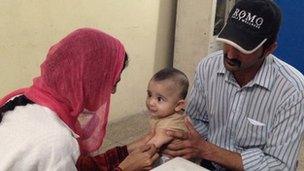
Health officials in Lahore are now making a fresh push for children to get vaccinated
"We have removed nine district managers on the basis of poor performance of the programmes," says Dr Tanvir Ahmed, head of health services in Punjab.
"And we have improved our monitoring and supervision."
There has also been an emergency measles vaccination campaign in recent weeks covering 2.6 million children in Lahore.
In June another 11 million children are due to be inoculated in other parts of Punjab.
Health experts hope this will bring the epidemic in the province under control by the middle of July.
They say they have the large stocks of vaccine necessary to do this in the province.
But they say this is not the case in the southern province of Sindh, where the outbreak began.
It is believed mass vaccination programmes will not get under way in Sindh until the autumn.
So in this area, which has already had by far the highest number of cases in the country, the epidemic could get worse in the coming months.
- Published11 May 2012
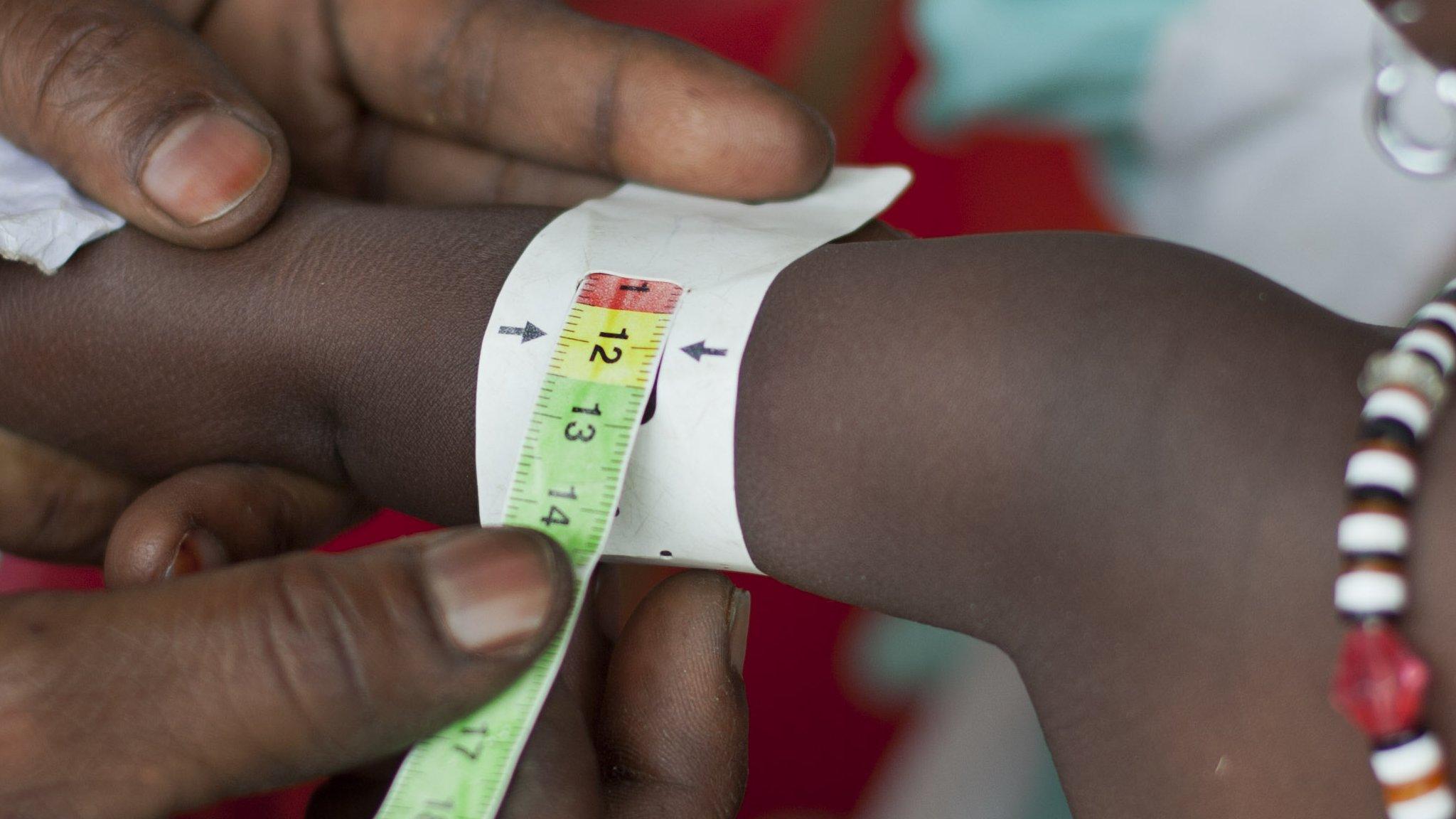
- Published13 September 2012
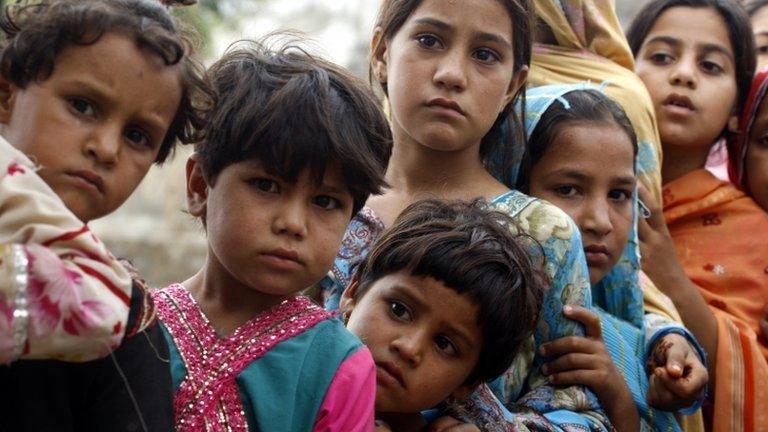
- Published15 March 2024
